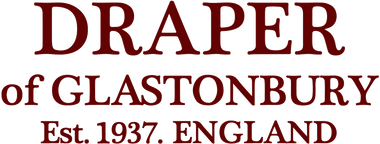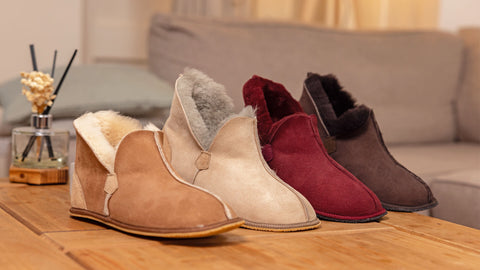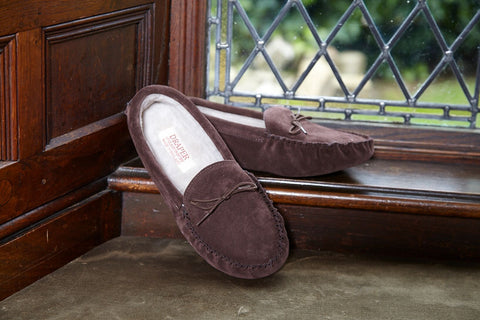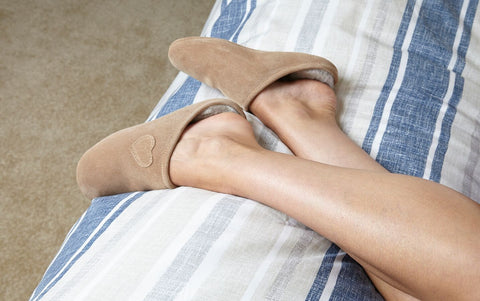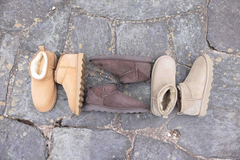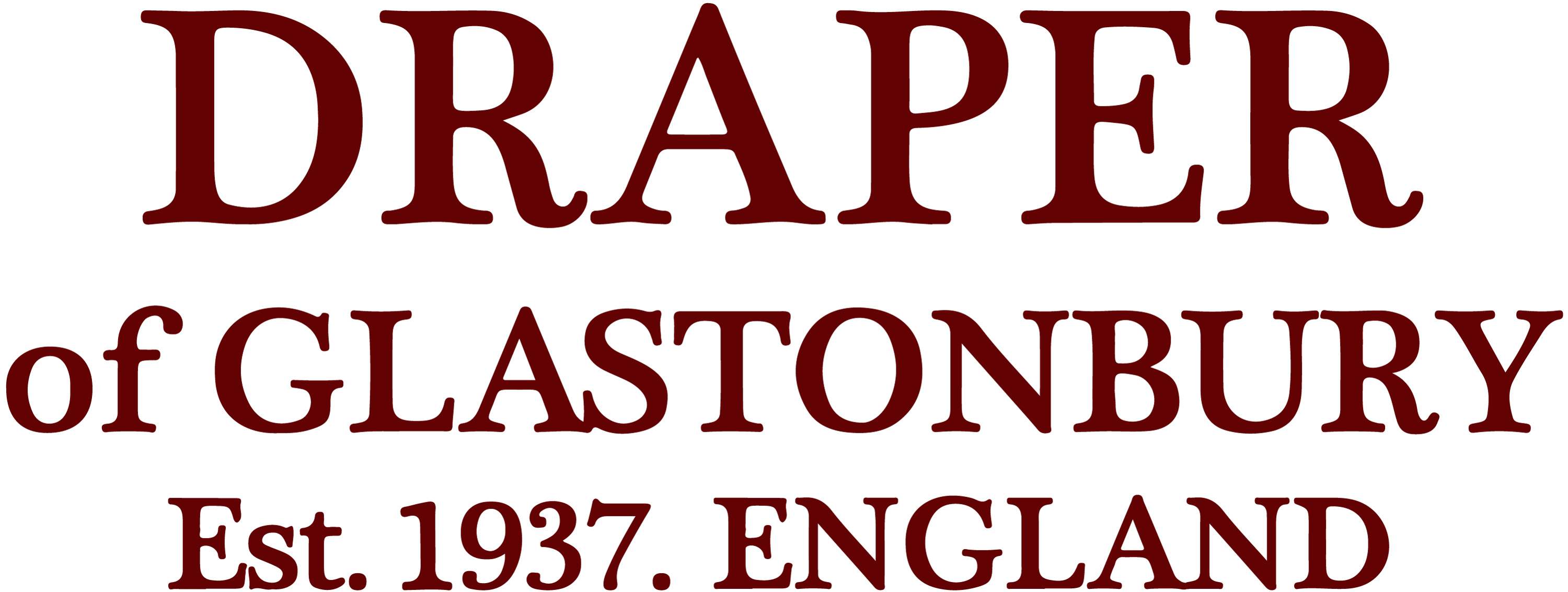Slippers made of sheepskin are quite comfortable for your feet; however, they are also simple to put on and have a casual design. There is nothing more suitable than a pair of smooth and stylish slip-ons. The greatest options for short excursions and keeping your feet cosy at home are these.
Sheepskin fibres do a wonderful job of protecting the skin from biting frost. Therefore, be certain to wear them any time the cold weather causes your feet to become chilly. They are readily accessible in a variety of hues, sizes, and styles, allowing you to select the right pair for your requirements.

The Evolution of Sheepskin Slippers
• None of the numerous locations in England where sheepskin products are produced can compare to Somerset's techniques. This area, which stretches back 1,000 years to the founding of Glastonbury Abbey, is the epicentre of the sheepskin trade.
• The Abbot obtained authority over one of England's largest counties after a number of landowner families donated their farms to the Abbey. There, he started raising sheep on a huge scale for their skin, which was later used to make a variety of goods.
• After the sheepskin has been dyed and tanned as part of the production process, a variety of products can be made from it. An expert producer can easily tell you about the history of sheepskin slippers, from the breed from which the skin was taken to the type of pasture the lambs were served, even the condition they were in, and many other details.

1870
John Morland arrived in Glastonbury in 1870 to establish the shearing of lambs with tanned skin. He manufactured a vast range of leather goods, all of them of the top class, by tanning and producing different kinds of lambskin.The proprietor, John Morland, believed that Glastonbury was the ideal location for tanning sheepskins since it was adjacent to the main source of water. They began making footwear in addition to dying and tanning sheepskin, which provided employment for even more individuals. A large number of employees built homes close to the mill. About 80% of the sheepskin slippers produced in Somerset throughout the 1990s were used in Western Europe due to their widespread appeal.
1982
But as time went on, it became less expensive to produce sheepskin, leading Morland to close. Nevertheless, sheepskin items are indeed produced in this region, utilising conventional production methods and skills that have been leveraged through the generations.The sheepskin business was revitalised in 1982 after almost a decade, thanks to the establishment of Fenland Ltd. in Bridgewater and its CEO, Andrew Tinnion.
2011
The Fenland Sheepskin Company recognised the significance of the substance and arose to become the authoritative figure for many sheep farmers and breeders who sold their unique sheepskins under the agreement. They did this by showcasing it as a fabric that is truly sophisticated and desirable in form. Fenland Ltd., however, shut down in 2011 due to more affordable production prices.
In order to boost production, which requires skills and expertise that have been applied for the last 2000 years, it is critical that initiatives be put in place to safeguard the sheepskin industry and that individuals are encouraged to buy and wear this exquisite fiber.
